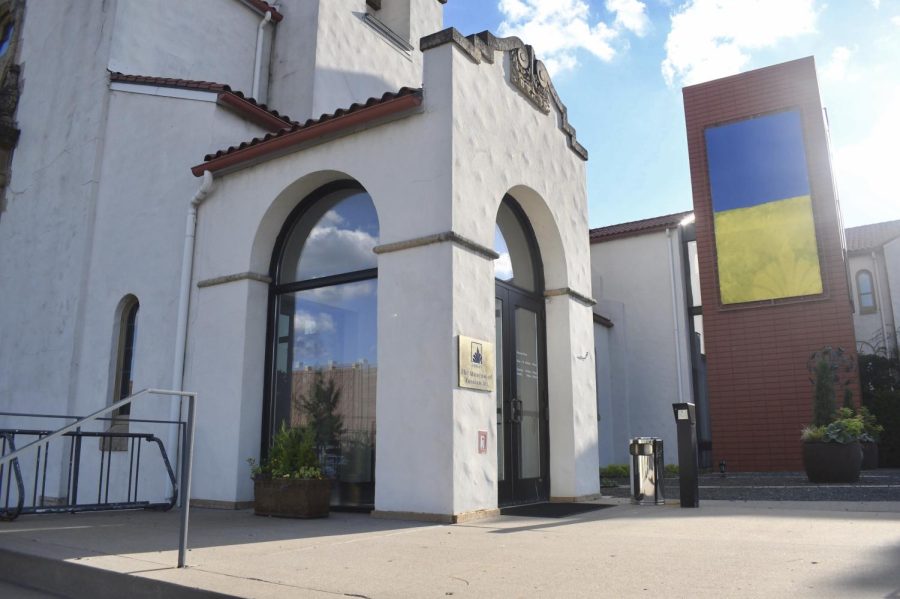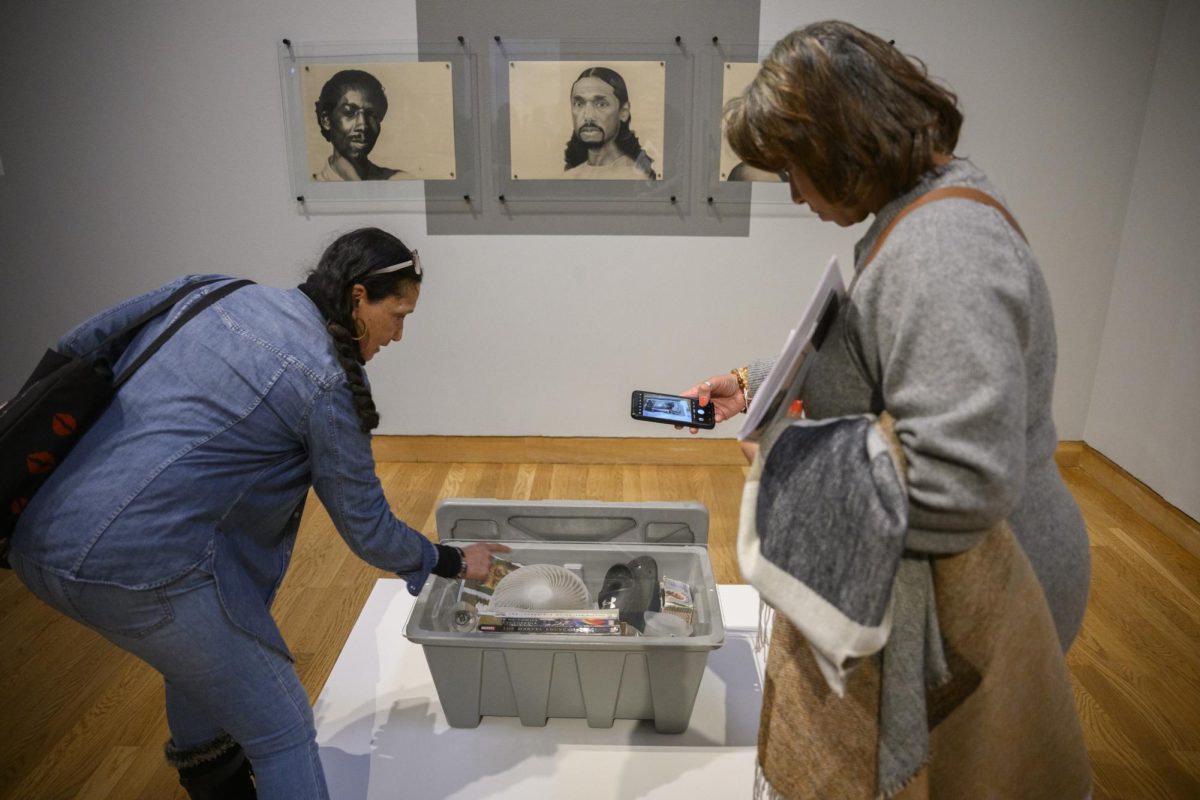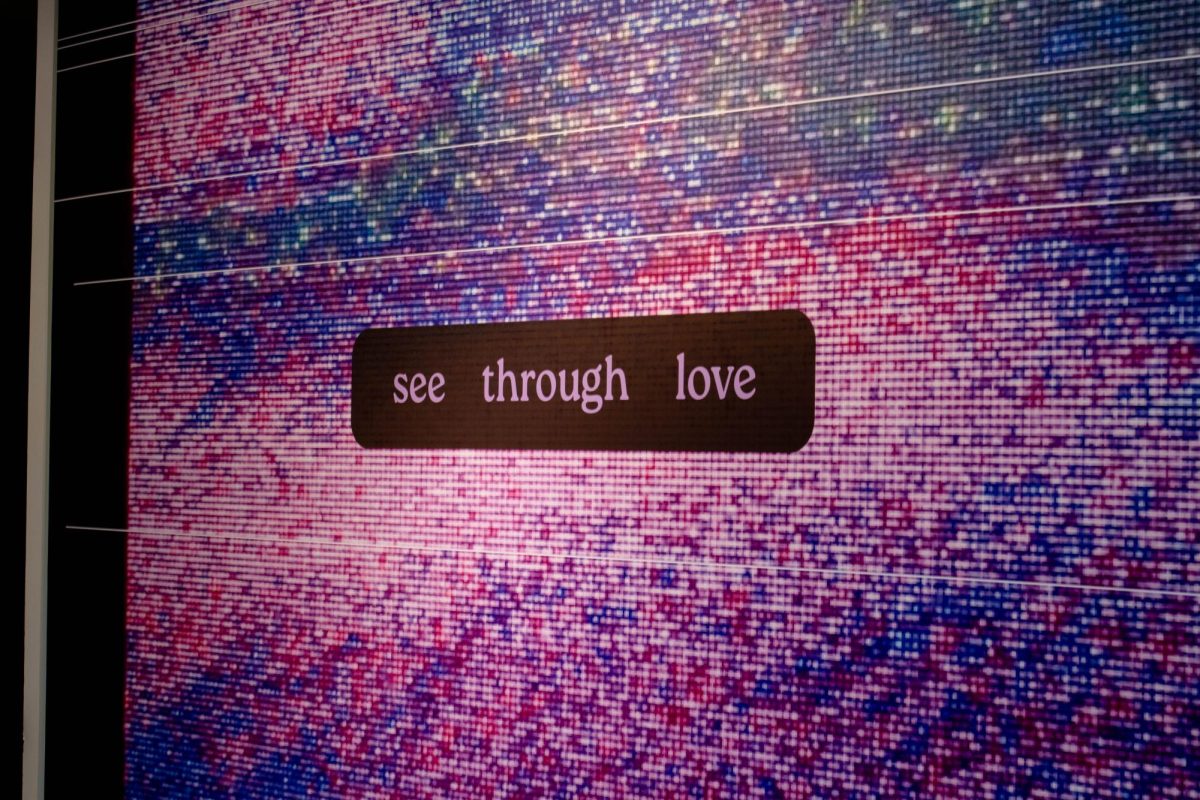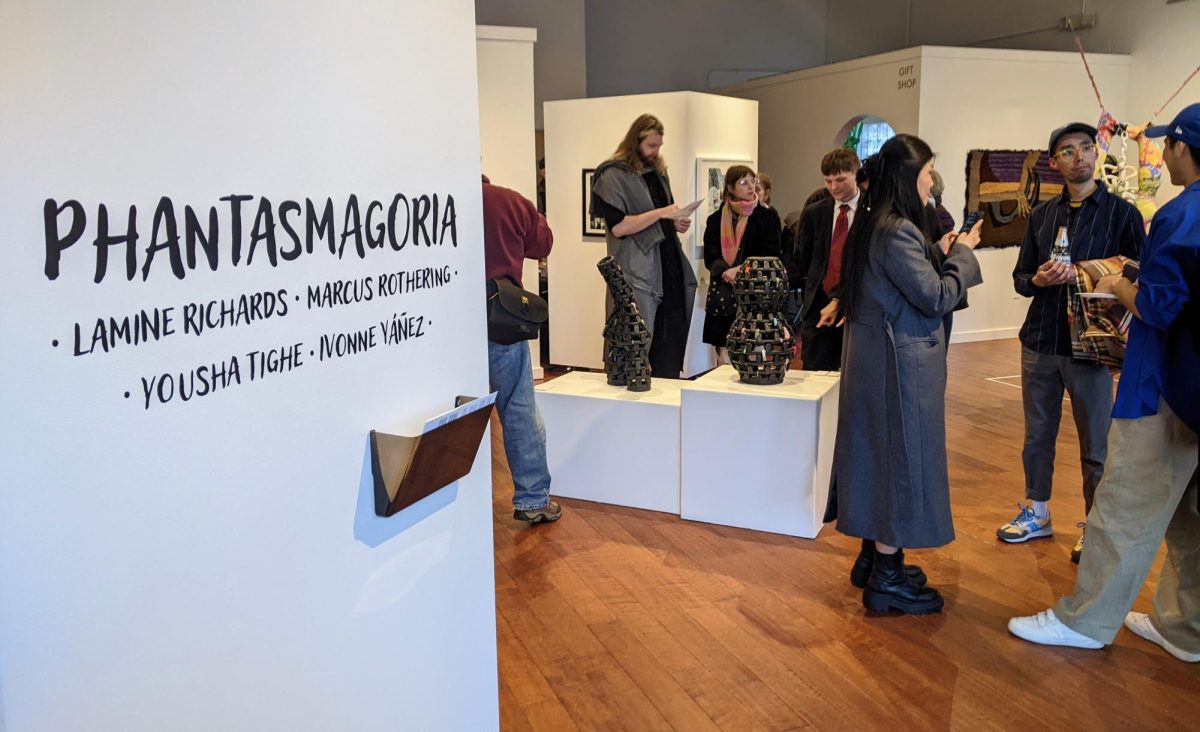Sitting just off Nicollet Avenue in south Minneapolis, the Museum of Russian Art (TMORA)’s new exhibit, “Say No to War: Political Cartoons by Ukrainian and Russian Artists,” addresses the newfound global significance of the region’s culture.
Although its name may suggest an affiliation exclusively with Russia, the depth of the museum’s content has always contained art and culture from every former Soviet country, including Ukraine.
“This organization is not a Russian organization, it’s a cultural organization that deals with the art and culture of all 15 countries of the former Soviet Union,” said Mark Meister, the president of TMORA. “The name has always meant to be an overarching name.”
In 2002, an art dealer and collector named Raymond E. Johnson founded TMORA in its original Bloomington location after obtaining a large collection of Russian Realist paintings. Three years later, the museum moved to its current location in a distinctive reconstructed church with white arches that peek over the nearby I-35 walls.
In the months following Russia’s invasion, the museum expressed their support for Ukraine in many ways, including through an art auction, participating in the World Wide Readings Project with Ukrainian playwrights and, most prominently, the “Say No to War” exhibit currently on display.
The exhibit sits in the center of the museum’s permanent collection. Although there is a stark difference between the humbling oil paintings in golden frames and the darkly satirical prints of the cartoons, the juxtaposition amplifies the gravity of the war’s cultural impacts.
With the help of Russian cartoonist Andrey Feldshteyn and TMORA’s curator Maria Zavialova, the exhibit quickly came together so artists could have an arena to face the war’s implications.
“We needed and wanted to respond to this war immediately,” said Zavialova. “We wanted to give space to the oppositional voices.”
Similar to many other Russian artists, Feldshteyn wanted to find a way to support Ukrainian and Russian artists after the war began.
“For the first few weeks after this terrible thing happened to Ukraine, I couldn’t imagine what I could do,” said Feldshteyn. “But then it struck me that I actually have abilities and tools to do something.”
Through his online forum that allows cartoonists all over the world to connect, Feldshteyn collected cartoons from numerous artists in Eastern Europe. While the artists are from Russia and Ukraine, many of them have since relocated to different countries out of concern for their safety. A few Russian artists even chose to remain anonymous in the exhibit to avoid punishment from the Russian government for speaking out against the war.
“It is very important to see how people think and what they have to say, instead of just relying on other voices,” said Zavialova. “Here you can look at artifacts and get a lot of information non-verbally and it allows you to form your own independent ideas and thoughts.”
The combination of cartoons highlighting the war’s impact on children and drawings mocking Russian President Vladimir Putin gives attendees an alternative view of the war that American news media cannot provide as succinctly. One cartoon by Ukrainian artist Oleksiy Kustovsky titled “Red Swan Putin” depicts Putin as a grotesque ballerina launching rockets out of his tutu and exposing his hairy armpits with hammers and sickles sticking out.
Although Russia has not experienced any physical destruction, Russia’s people face newfound cultural issues caused by the nation’s ostracisation from the West and the war’s human toll on Russian soldiers. In one of Feldshteyn’s displayed works, he made a spin off of the famous Russian painting “The Rooks Have Returned” by giving it a deadly and gloomy essence to represent the death of Russian culture.
The exhibit has no official end date and will stay up throughout the duration of the year. During this time, the museum will rotate the pieces and have a second batch prepared to be displayed soon.
“It’s brave and poignant,” said Barbra Bicchieri, a TMORA attendee from Minneapolis. “Art tells us who we are and where we are going, an artist will keep painting no matter what.”



















